Category
Popular
-
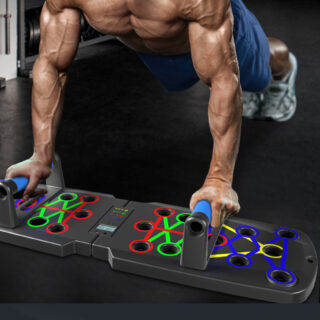 Multi-functional Household Push-up Bracket Training Board
40,00 $ – 62,00 $Price range: 40,00 $ through 62,00 $
Multi-functional Household Push-up Bracket Training Board
40,00 $ – 62,00 $Price range: 40,00 $ through 62,00 $
-
 Multifunctional push up board
65,00 $
Multifunctional push up board
65,00 $
-
 My Dairy-Free Diet Guide - Ebook
10,00 $
My Dairy-Free Diet Guide - Ebook
10,00 $
-
 My Gluten-Free Diet Guide
10,00 $
My Gluten-Free Diet Guide
10,00 $
-
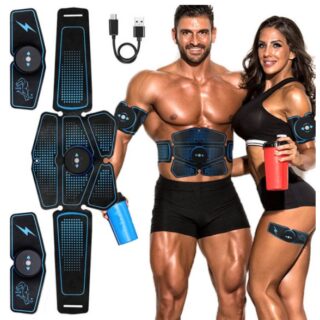 Smart Abdominal Exercise Muscle Fitness Equipment Home
81,94 $
Smart Abdominal Exercise Muscle Fitness Equipment Home
81,94 $


Long before the pandemic popularized home workouts, fitness experts were already advocating for exercise environments that support long-term consistency. Today, the home has become the center of that philosophy. Why? Because it removes the two biggest barriers to regular exercise: time and access.
A 2022 study published in the Journal of Health Psychology found that individuals who exercise at home are more likely to stick to a regular routine compared to gym-goers. The reasons are simple: no commute, no waiting for equipment, and the ability to fit a session into even the busiest schedule. Convenience isn’t just a perk — it’s the foundation of consistency.
The Mental Health Connection
We often think of fitness as a means to a physical goal — weight loss, muscle tone, or improved cardiovascular health. But perhaps the most critical benefit of staying active at home is mental resilience.
Regular physical activity has been shown to reduce symptoms of anxiety and depression, sharpen focus, and elevate mood by stimulating the production of endorphins, dopamine, and serotonin — the brain’s natural feel-good chemicals. In the privacy of your own home, this means you can use movement as a daily reset button, without judgment or distractions.
Dr. Lisa Reynolds, a wellness researcher and clinical psychologist, emphasizes, “Even short bursts of home-based movement — 15 to 20 minutes a day — can create significant psychological benefits. The key is frequency, not intensity.”
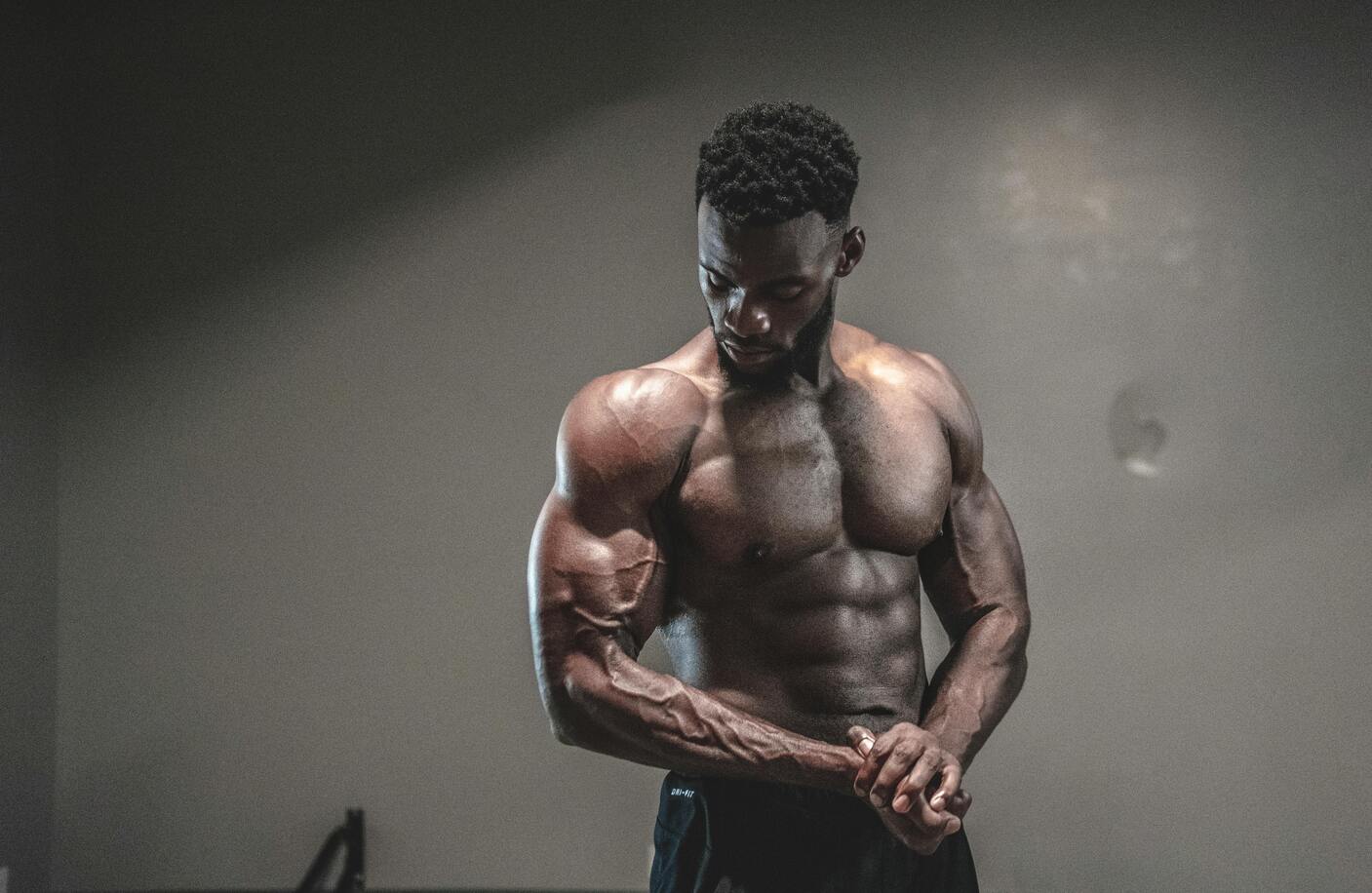
Technology Has Changed the Game
A decade ago, staying fit at home often meant generic workout DVDs and uninspiring routines. Today, the landscape is radically different.
Smart home fitness equipment now offers interactive, adaptive, and app-integrated experiences that rival the quality of professional gyms. From AI-powered resistance machines to virtual personal trainers, the modern home gym can track your form, tailor your workout, and even gamify your fitness journey — all in real time.
Fitness platforms like Kfitworld have stepped into this space, curating high-performance smart gear that meets people where they are — and grows with them.
The Rise of Functional Fitness
Unlike the hyper-specialized routines of traditional gym culture, home fitness naturally lends itself to functional fitness — movements that support real-life strength, flexibility, and endurance.
Bodyweight circuits, resistance bands, mobility work, and smart strength training help you build a body that moves better, not just looks better. These kinds of workouts reduce the risk of injury, improve posture, and enhance energy — benefits that matter whether you’re parenting, working, or simply living.
Making Home Fitness a Lifestyle
So, how do you make fitness at home not just a temporary fix, but a long-term solution?
-
Schedule it like a meeting. Set recurring time blocks — even 15–20 minutes — for movement.
-
Invest in tools that motivate you. Whether it’s a smart mat, tracking app, or compact machine, gear matters.
-
Focus on progress, not perfection. The goal isn’t to be flawless — it’s to show up consistently.
-
Create a dedicated space. A simple mat and a few pieces of gear in a corner can reinforce the habit.
Final Word
Staying fit at home isn’t about avoiding the gym — it’s about taking control of your health on your terms. In a world that pulls us in countless directions, building strength, focus, and energy within your own space is one of the most empowering decisions you can make.
The future of fitness isn’t about flashy trends or rigid routines. It’s about smart, sustainable movement — right where you are.
Written by editor
Listen to this great podcast about KFW
Best offers
Join Risk Free
30 days refund
100% Safe
Secure Shopping
24x7 Support
Online 24 hours
Best Offers
Grab Now
Free Shiping
On all order over
Why KFW?

In today’s fast-moving world, fitness is no longer a luxury — it’s a necessity. Yet for millions of people, the idea of staying fit at home still feels out of reach. Not because they don’t want to do it, but because they think they don’t have the room, the equipment, or the time
Read MoreFitness Insight
Product Showcase
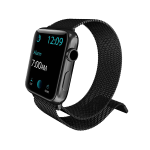




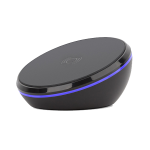

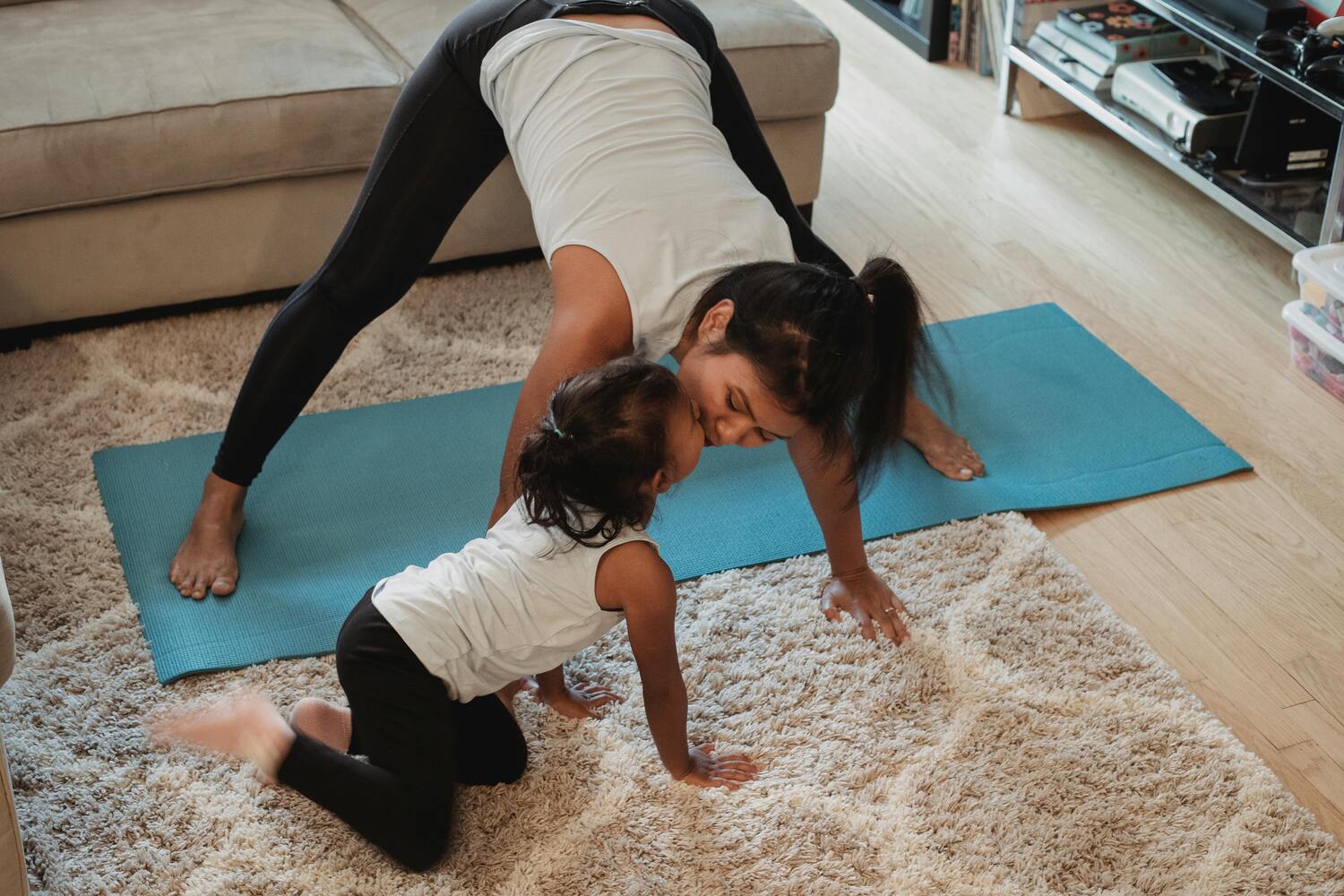
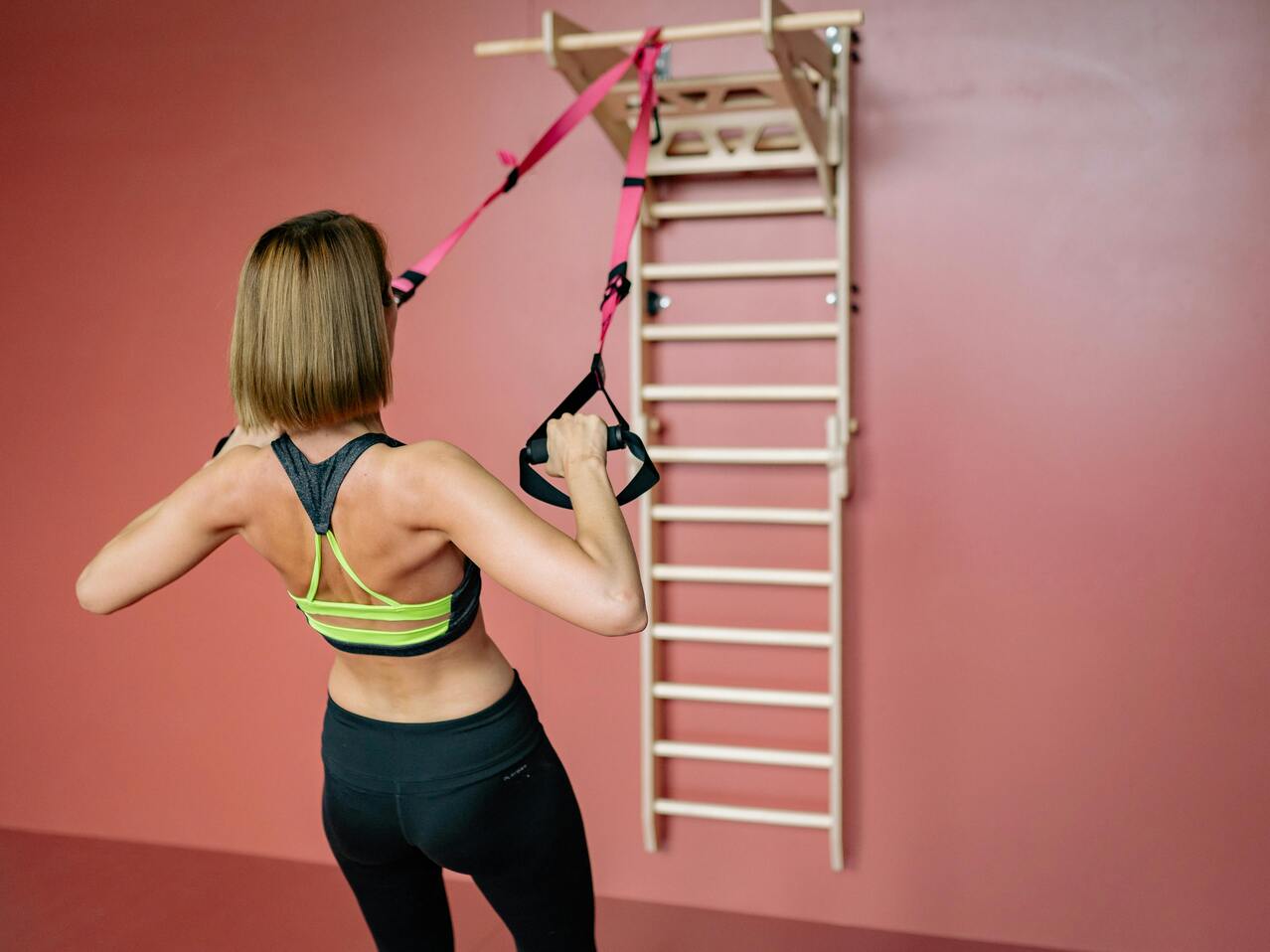
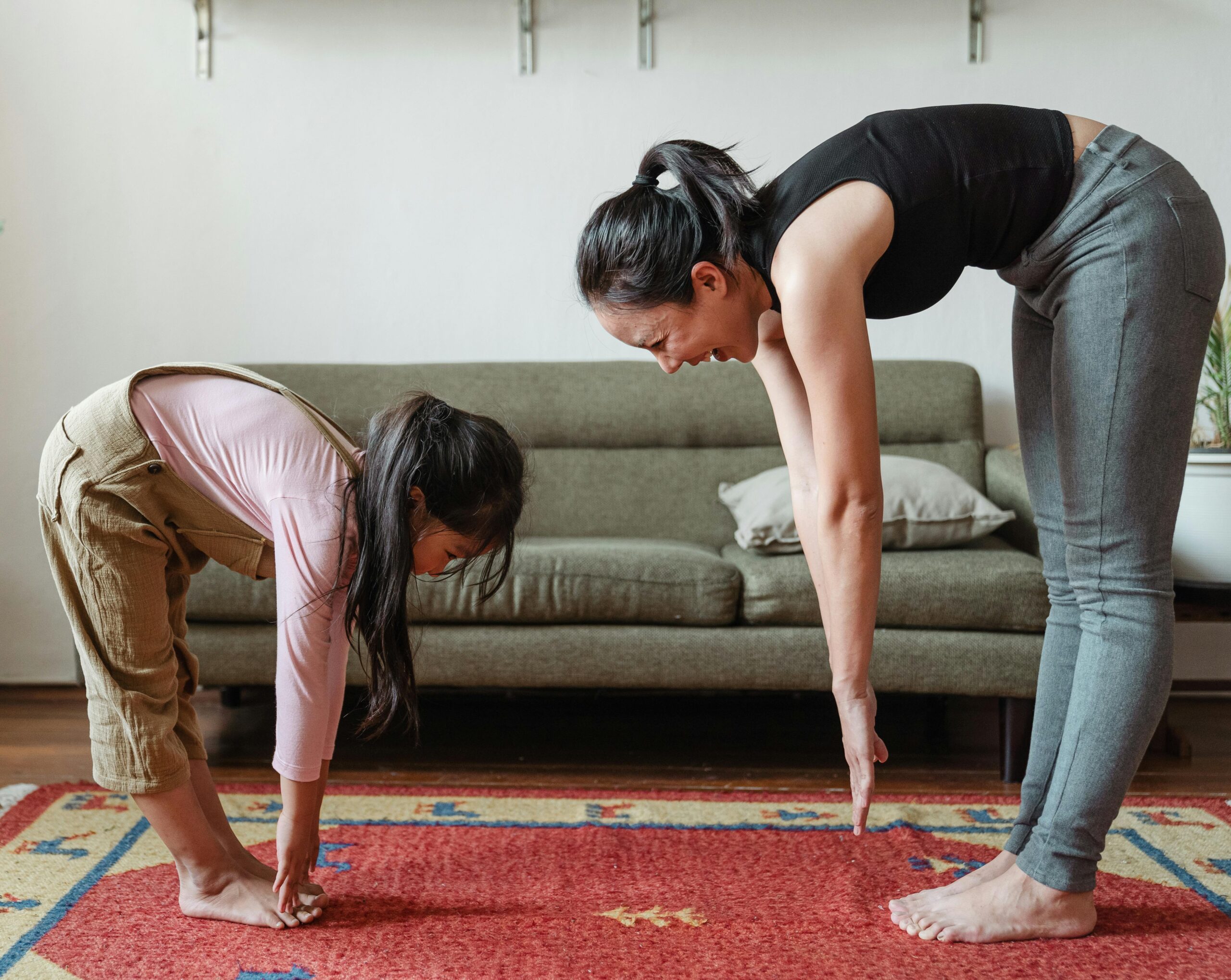
Leave a Reply